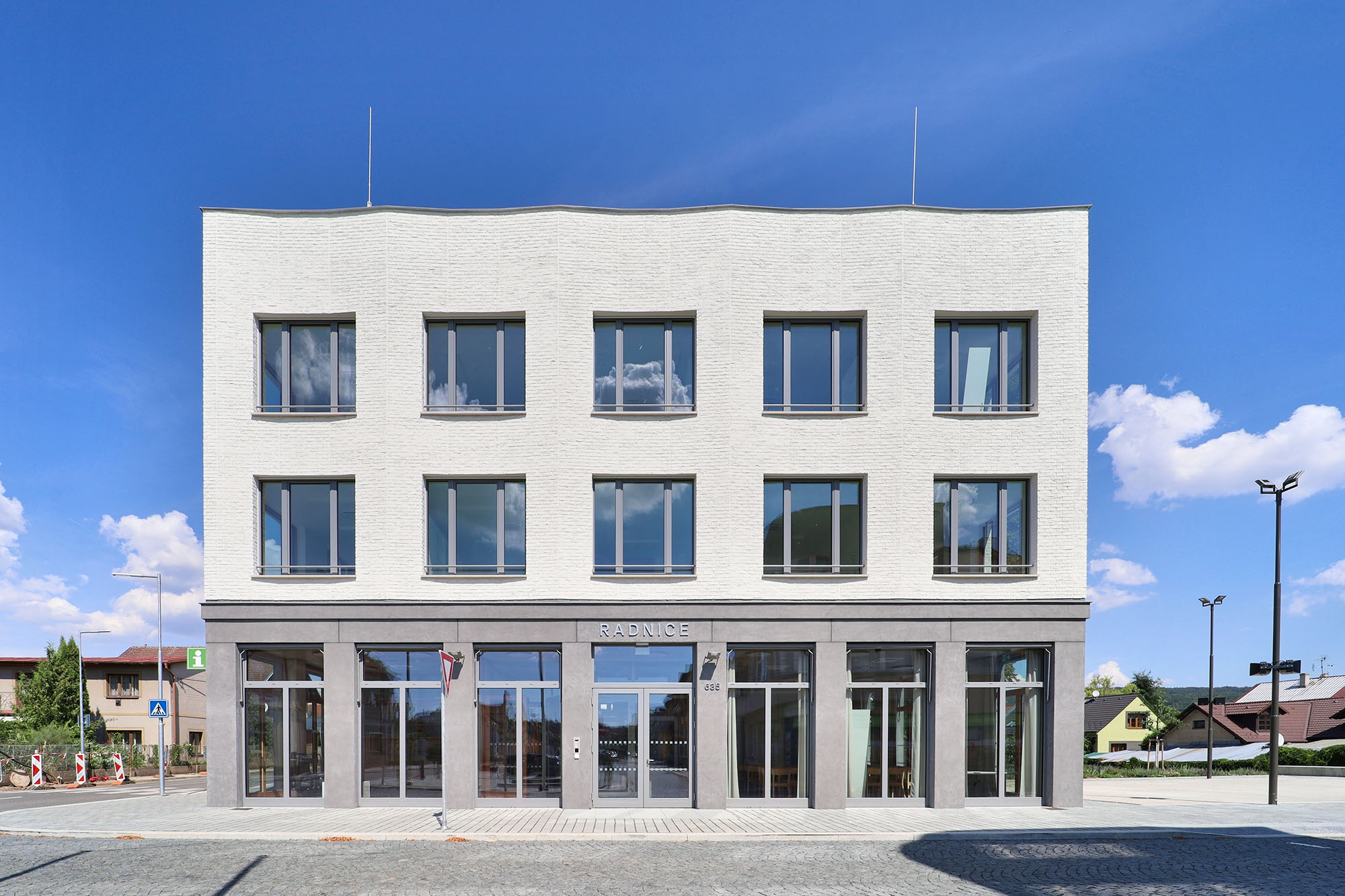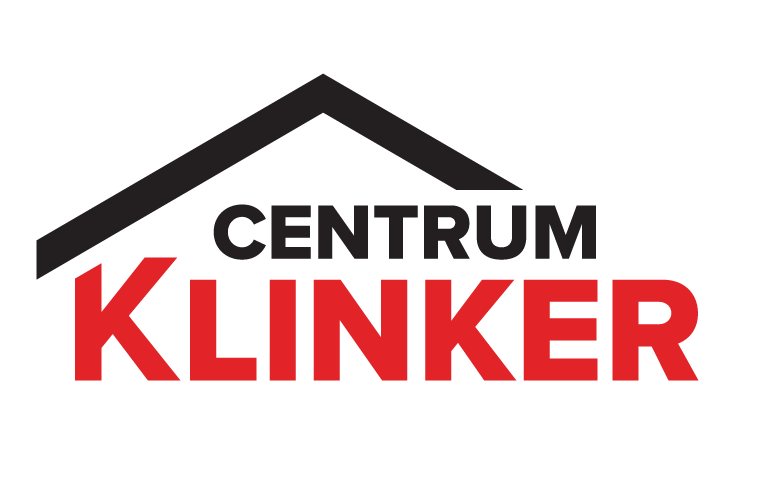
Rustic stamped bricks – a return to tradition
 |
Baked clay has been used in various forms in construction since ancient times. It is popular for its natural origin and distinctive appearance. As a visible material, it has a wide range of applications; historical brick pavements, outdoor clinker or ceramic pavements, facing bricks, as well as brick cladding, covering elements or baked tiles are made from it. In recent years, the popularity of pressed bricks has been rising, both among end customers and architects, who particularly value their authenticity and durability.
A typical rustic appearance, wrinkled texture, irregular lines, and varied colors. Every brick is unique. These are the characteristics that we have admired in pressed bricks for hundreds of years, thanks to their method of production. While the method has modernized over the last few decades, the principle remains the same. New technologies have allowed for accelerated production, creating space for the development of new shades and formats. Besides the aesthetic aspect, a reason for the increased interest in baked clay products is also the fact that the origin of the materials used, their durability, and ecological aspects are becoming more frequently considered in architecture and construction.


Use of Facing Pressed Bricks
A notable example of the use of facing bricks in the public sector is the recently completed town hall project in Lázně Bělohrad by the studio re:architekti. The town hall building is visually divided into two parts – a ground floor with a large glazed area and two floors with a brick facade featuring an unconventional wavy surface. In this case, it is realized as cladding made of pressed WDFP.Como strips in white color with white grout. This project also demonstrates that traditional materials such as facing bricks are suitable for modern constructions.
Another project that demonstrates the creative use of "facing bricks" is the reconstruction of sheltered housing in Týniště nad Orlicí. Here, the architects from MVAtelier created a 3D effect on the facade that visually divides the entire surface and, together with the brick railing with openings, becomes a dominant feature of the entire building. The three-dimensional effect was achieved through a special cutting of the WDF.Brons Rustiek NL bricks. Other types of pressed bricks used in recent projects can be found at community centers in Židlochovice or the Kbely Brewery.


Diverse Surface Structures and Shades
While large projects with pressed bricks on facades have been increasing in recent years, clinker bricks or strips are already a well-known staple for residential buildings. These so-called drawn materials can also provide interesting surface structures and shades, but above all, durability and low porosity and weight. It is no coincidence that these projects often win awards in various architectural competitions.
An example is the Residence U Boroviček, where architects Podlipný and Sladký designed the entire concept according to the project's location – on U Boroviček street. Pines connect the entire project from the facade to the garden. The facade features brown brick strips LFP.King crimson (LF17) in a modern format of 49 centimeters in length. To resemble pine bark as closely as possible, the brick strips were laid in an unconventional vertical bond. The brick facade is complemented by entrances to the house, which are clad with templates resembling pine cones. Pines can also be found in the garden, designed by the renowned Atelier Flera. The residence also keeps up with current ecological trends and offers preparation for electric car charging, the use of solar energy for heating water, and a system for rainwater retention for irrigation of greenery. The uniqueness of this project is also demonstrated by the awards it has received in architectural competitions such as Best of Realty or Estate Awards.


Another example would be the residential buildings Panna and Baba by m4 architekti, which have risen in Prague's Strašnice. Their form – and subsequently their name – is inspired by the familiar silhouette of the towers of the Trosky castle ruins. The buildings feature a brick facade Zeitlos 237/7470 austerrauch in gray shades, complemented by square windows and metal elements in anthracite color.


The Widest Selection of Products and Individual Solutions
Specializing in visible materials made from baked clay is Klinker Centrum, a company that has been active on the market for over 20 years. In its two showrooms, you will find the widest selection and the largest stock of facing bricks and cladding strips in the Czech Republic. It also provides technical advice, material sampling, facilitates installation, and above all offers individual solutions, such as special cuts of bricks, strips, and more. Facing bricks, brick strips, clinker paving, baked roofing, and other products are primarily imported from leading European brickworks, among which you will find many family businesses where the brickmaking craft is passed down through generations. One of the most well-known is the Röben brickworks in Germany. For more information and projects, visit www.klinkercentrum.cz/architekti.
Text: Sarah Kocourková
Photo: Klinker Centrum Archive













